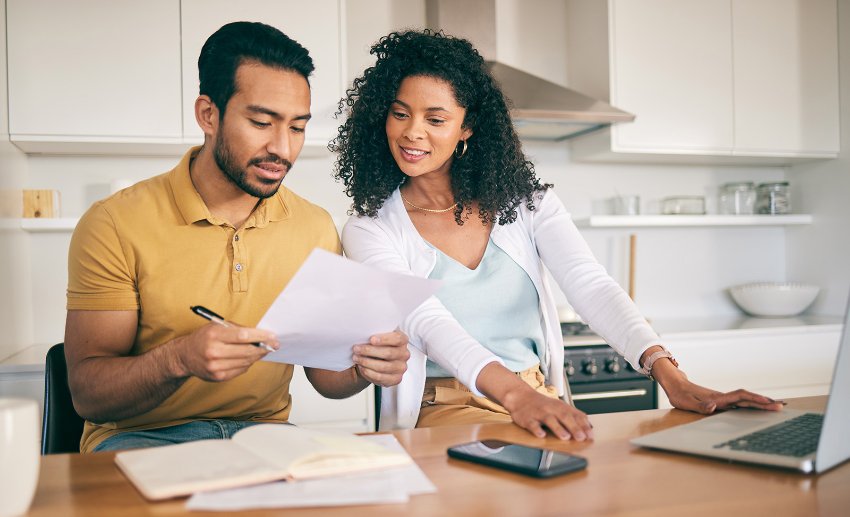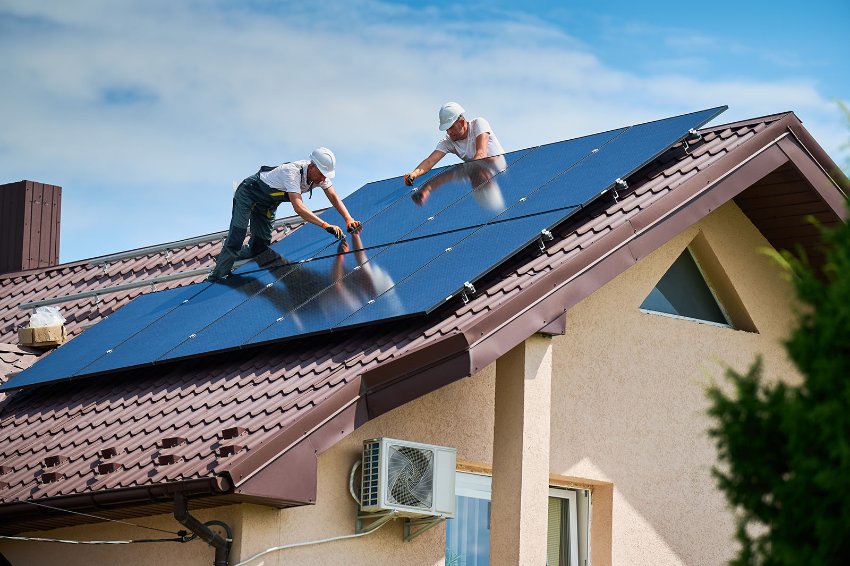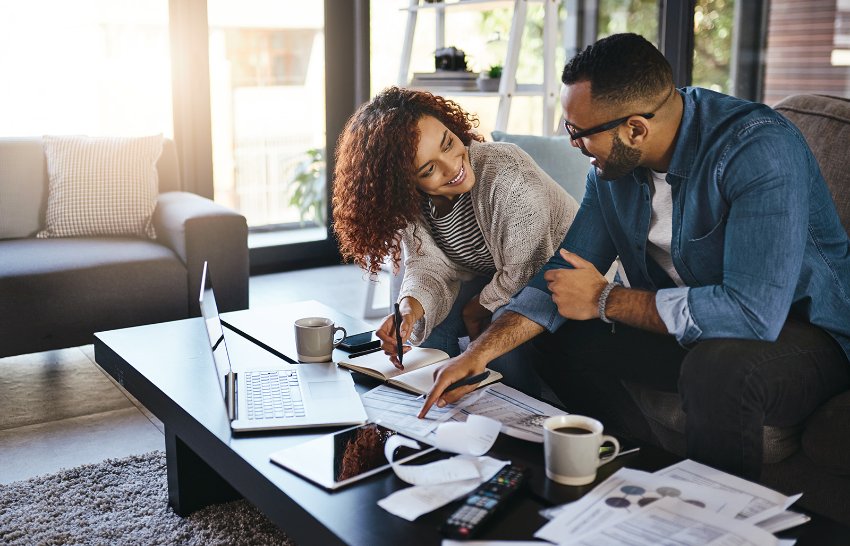
Is it a Good Idea to Use AI for Money Management?

The Security Benefits of Using Bill Pay

Save Energy and Money: Smart Upgrades for Your Denver Home

How to Protect Yourself from Caller ID Spoofing Scams

How to Pick the Best Checking Account for Your Needs

How Using Bill Pay Saves You Time and Money

How to Budget for Home Renovations with a HELOC

The FIRE Movement: What It Is and How to Achieve It

Why Saving for the Future Matters







